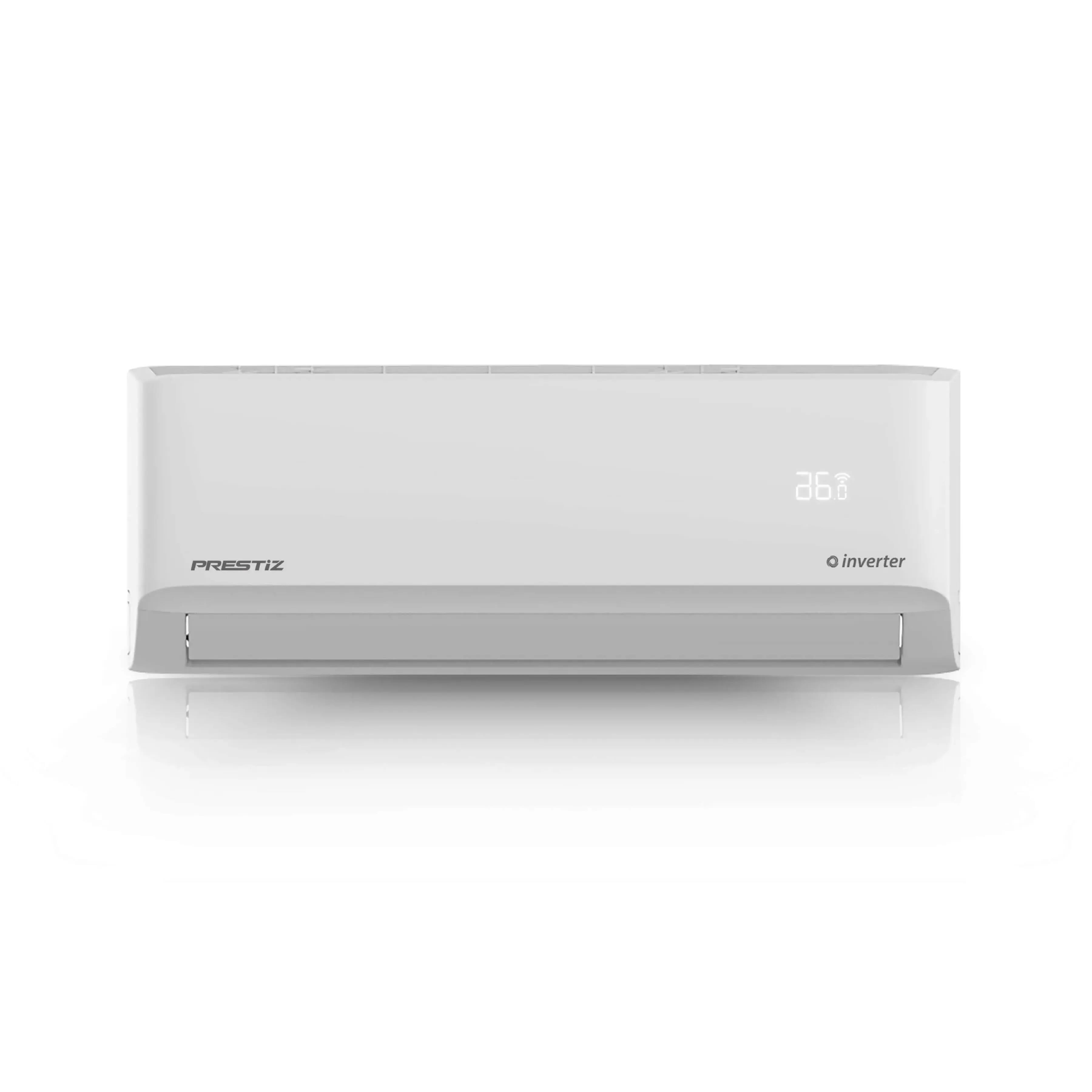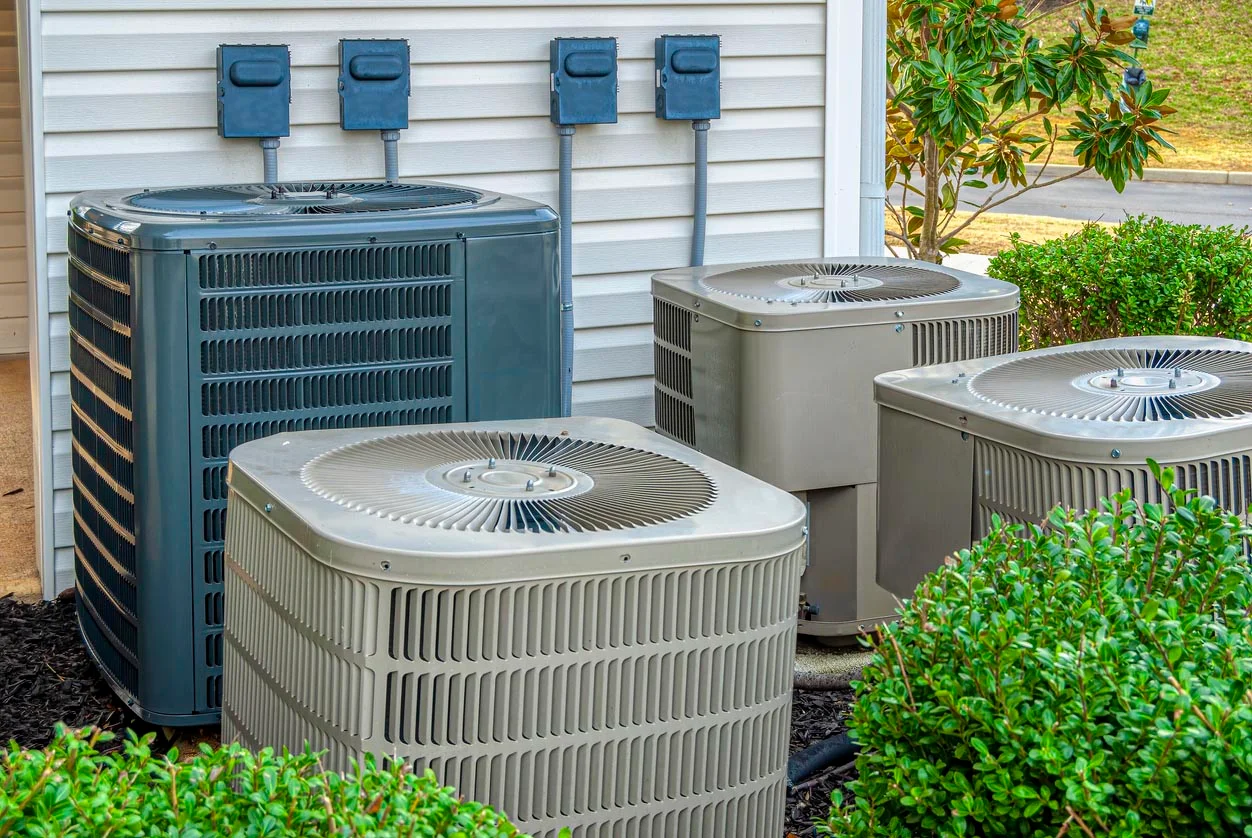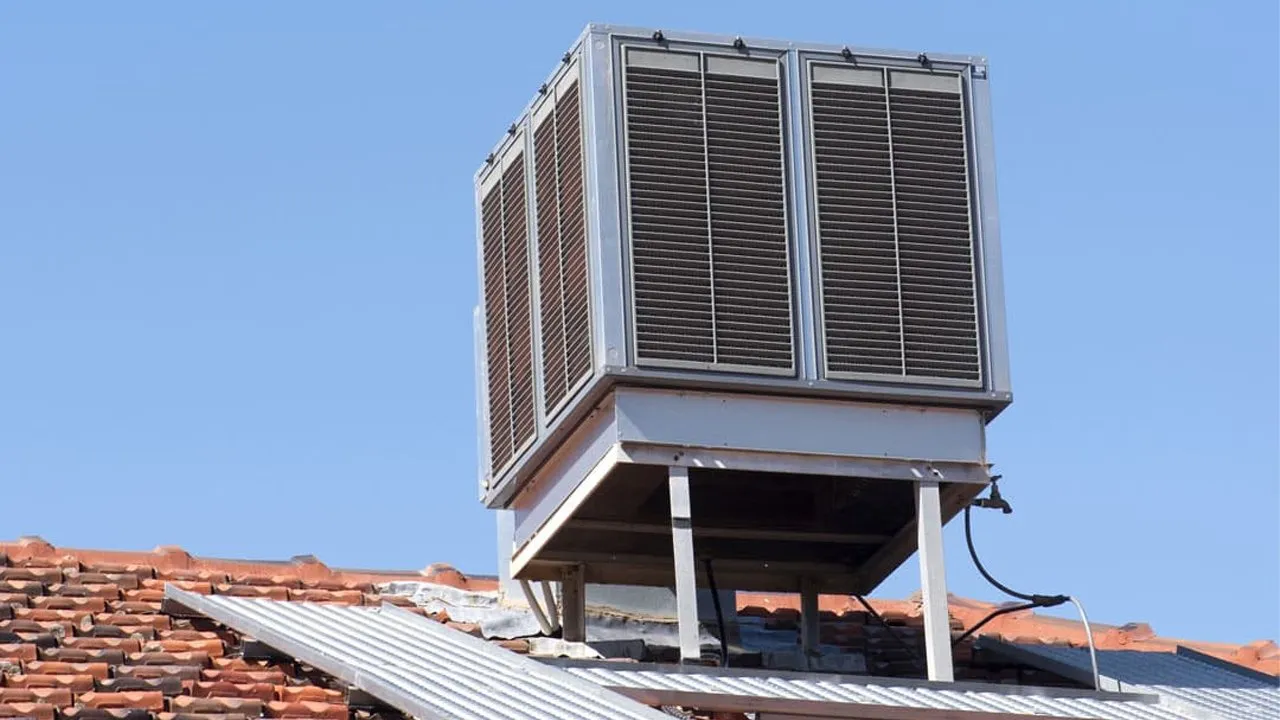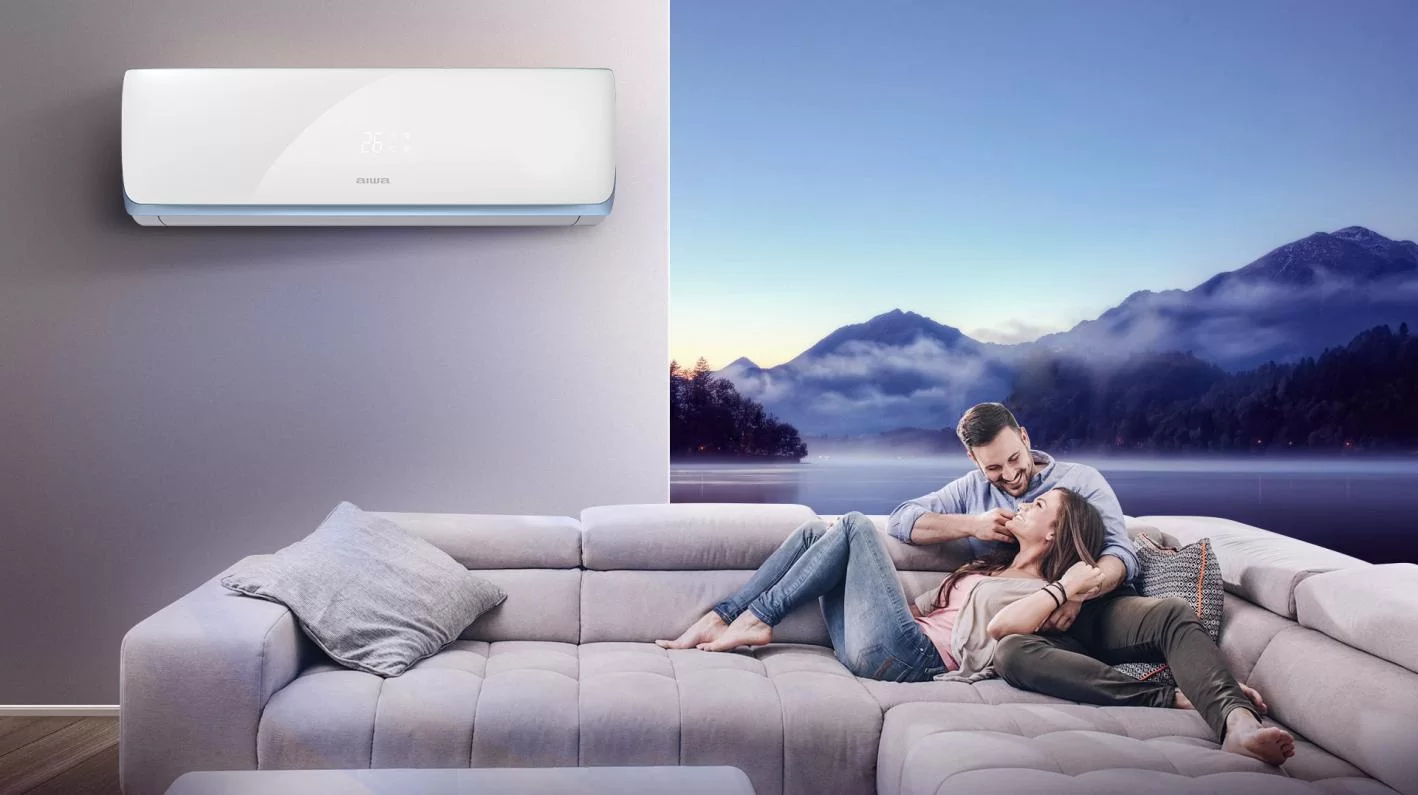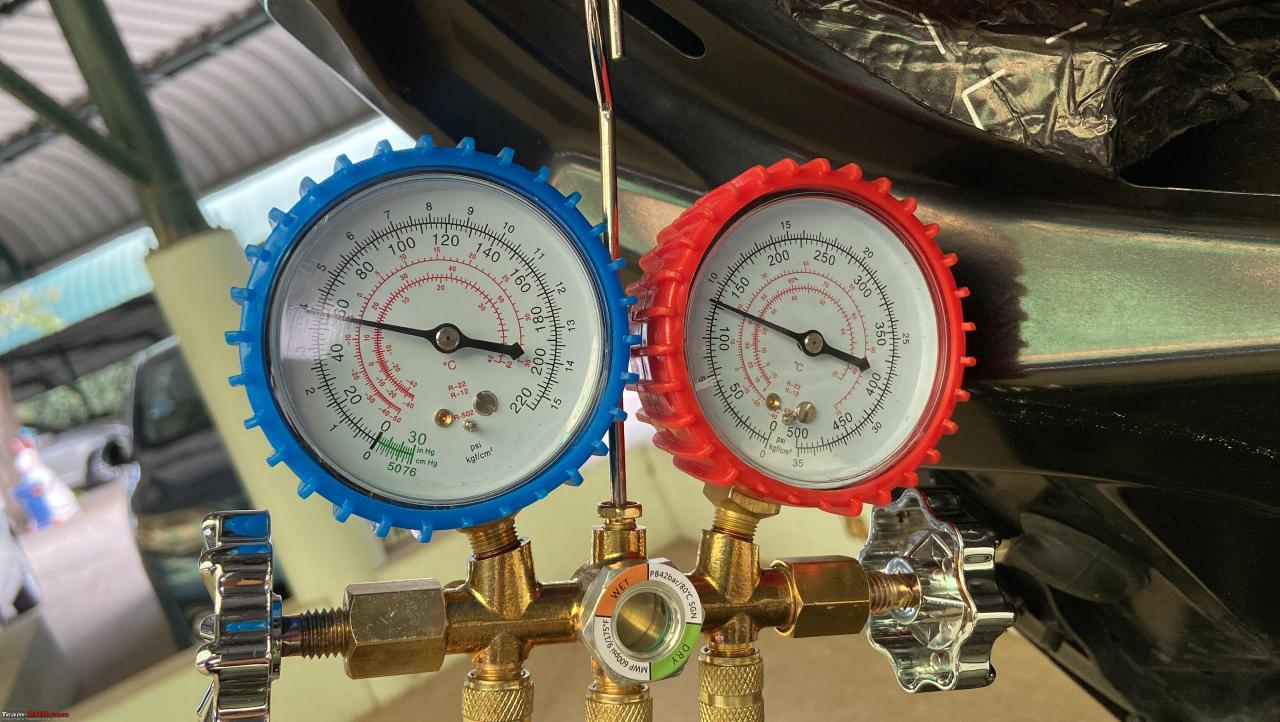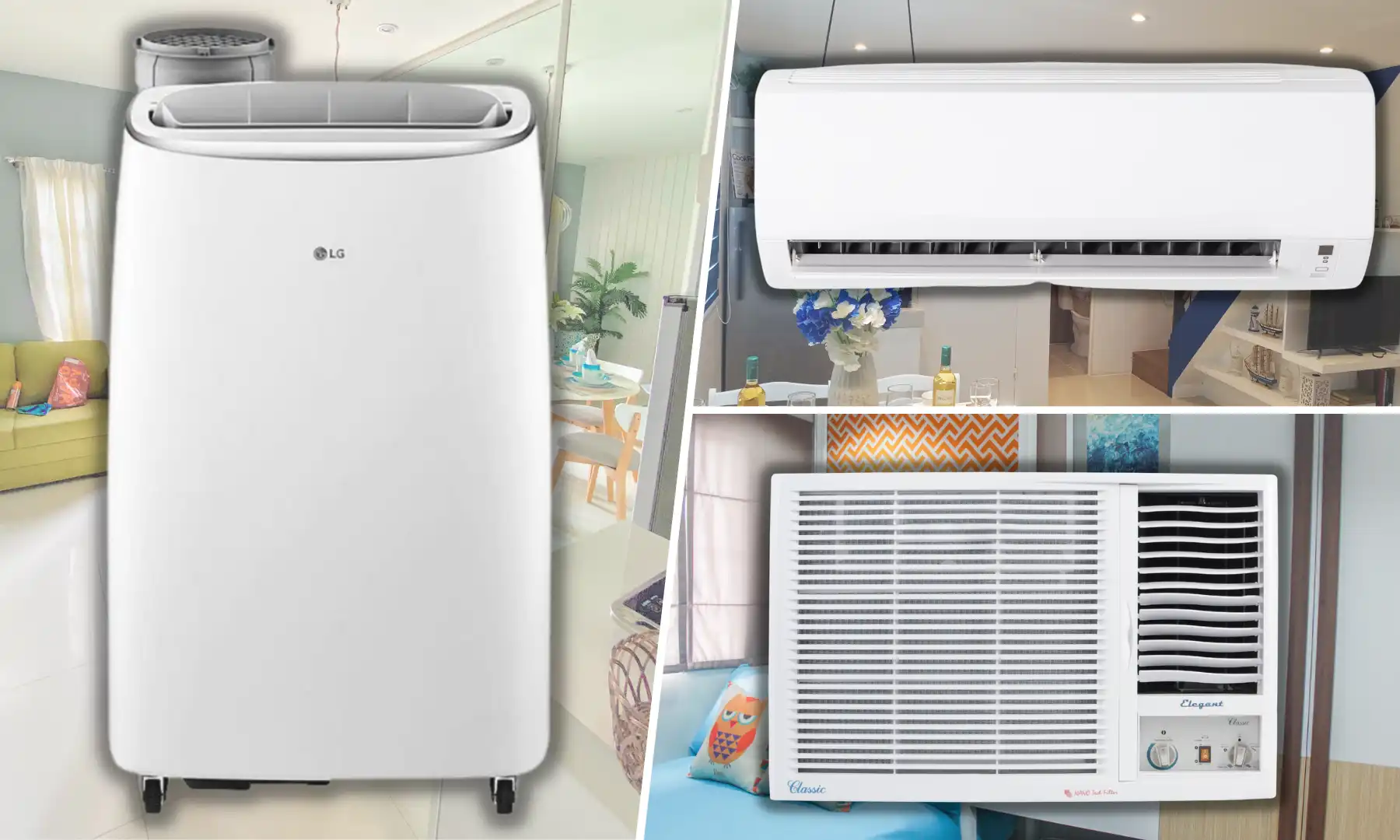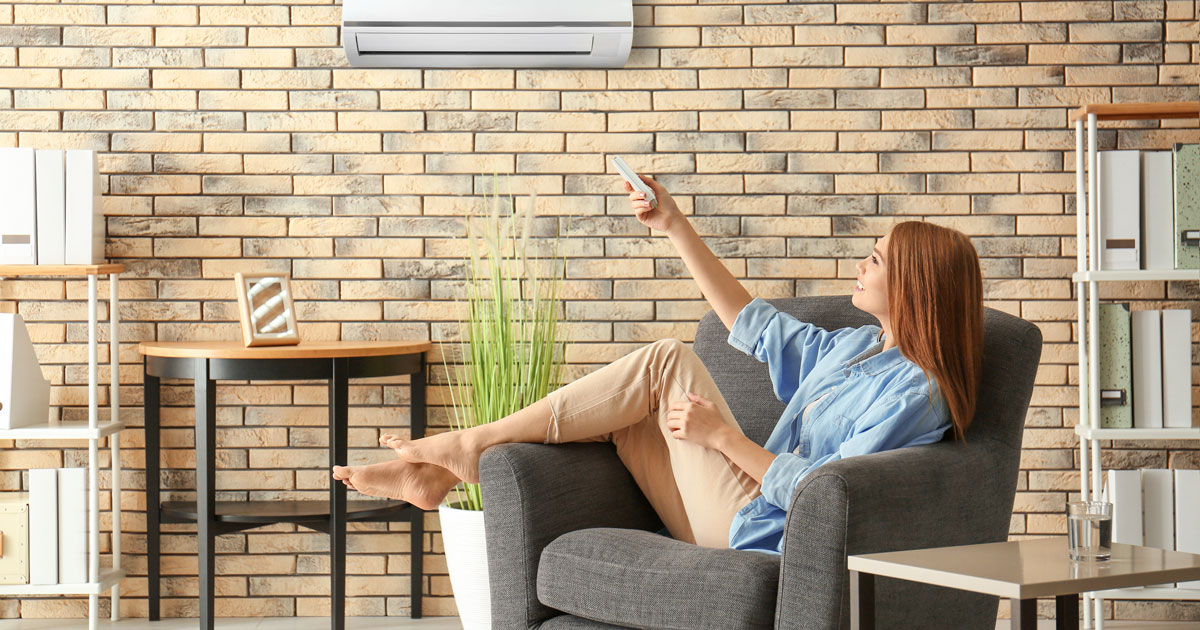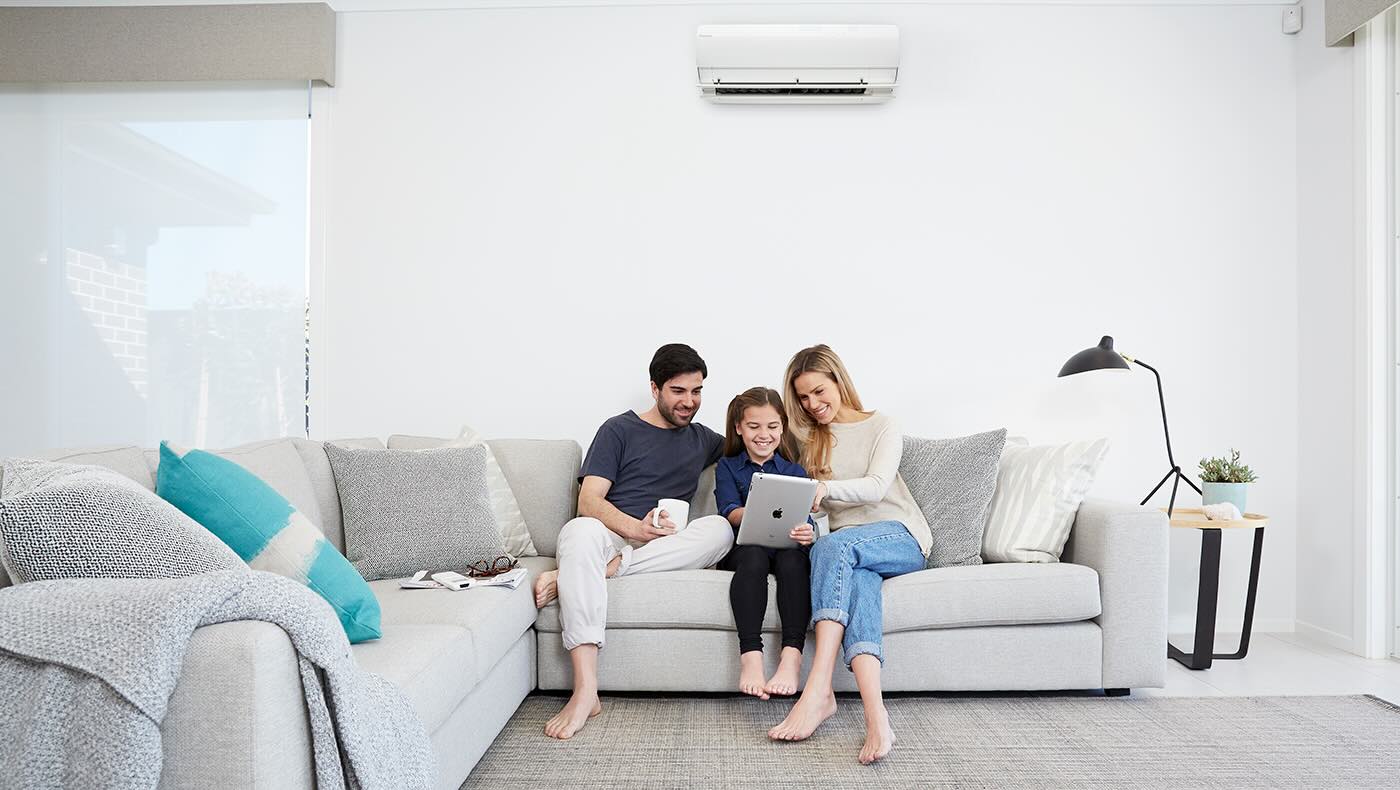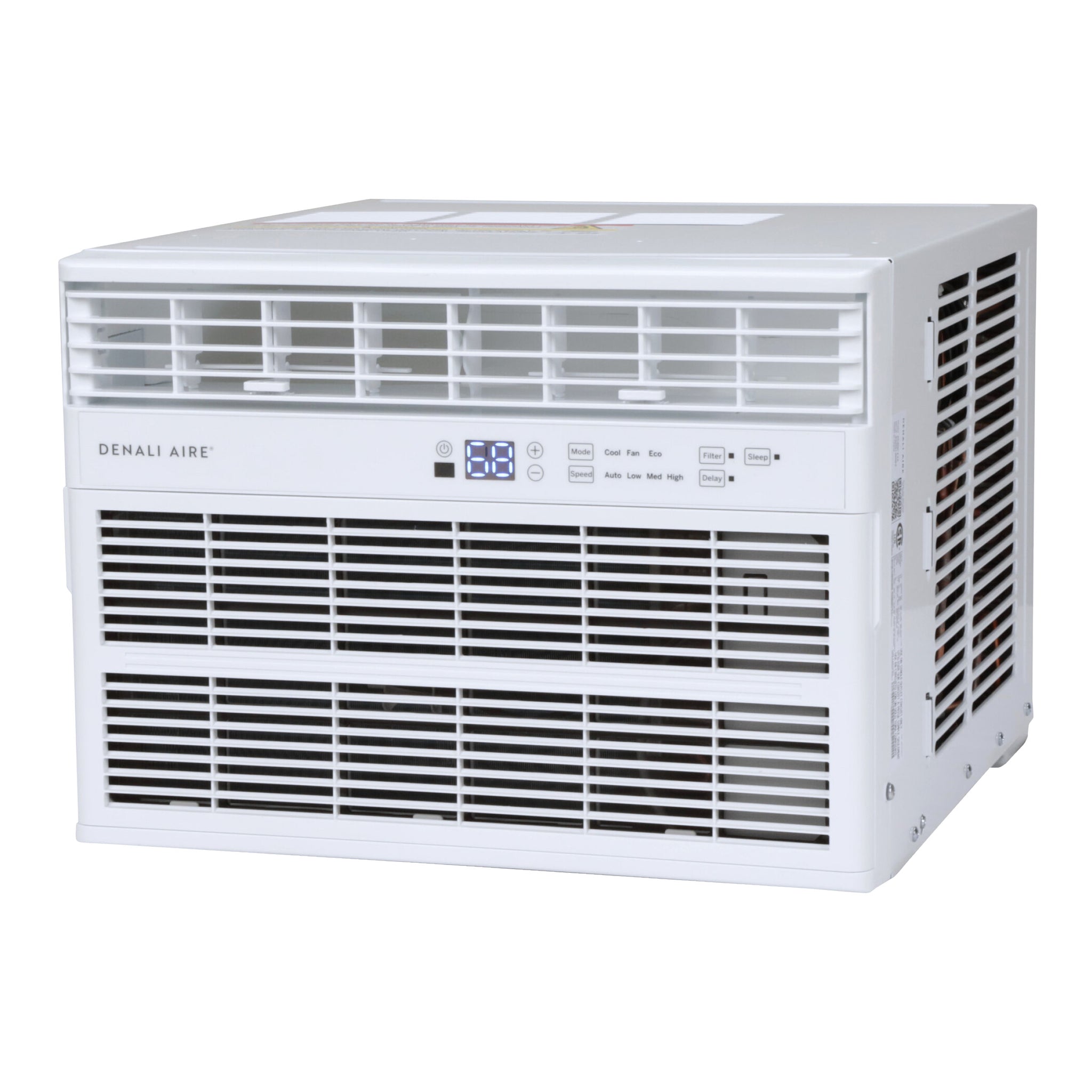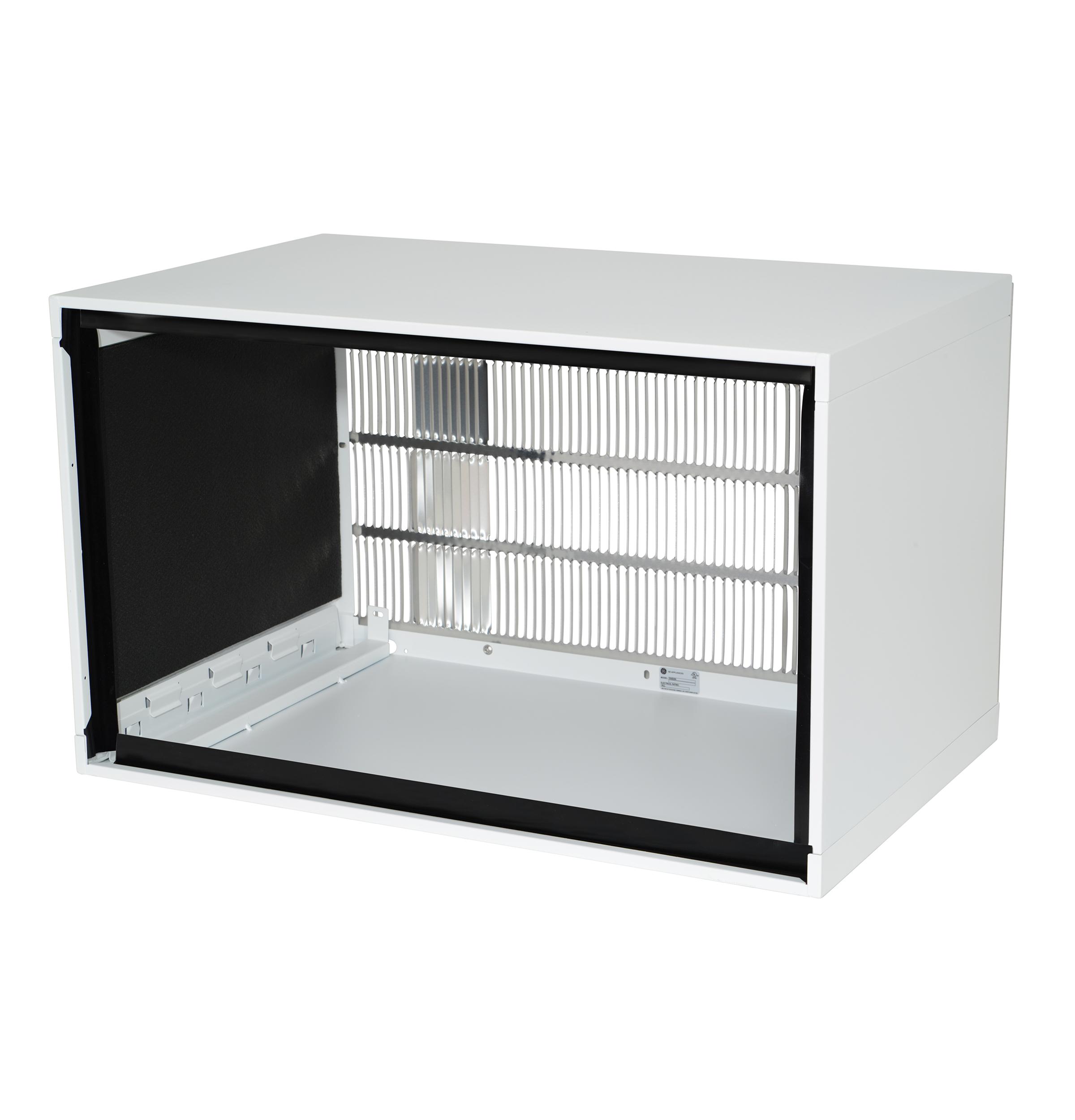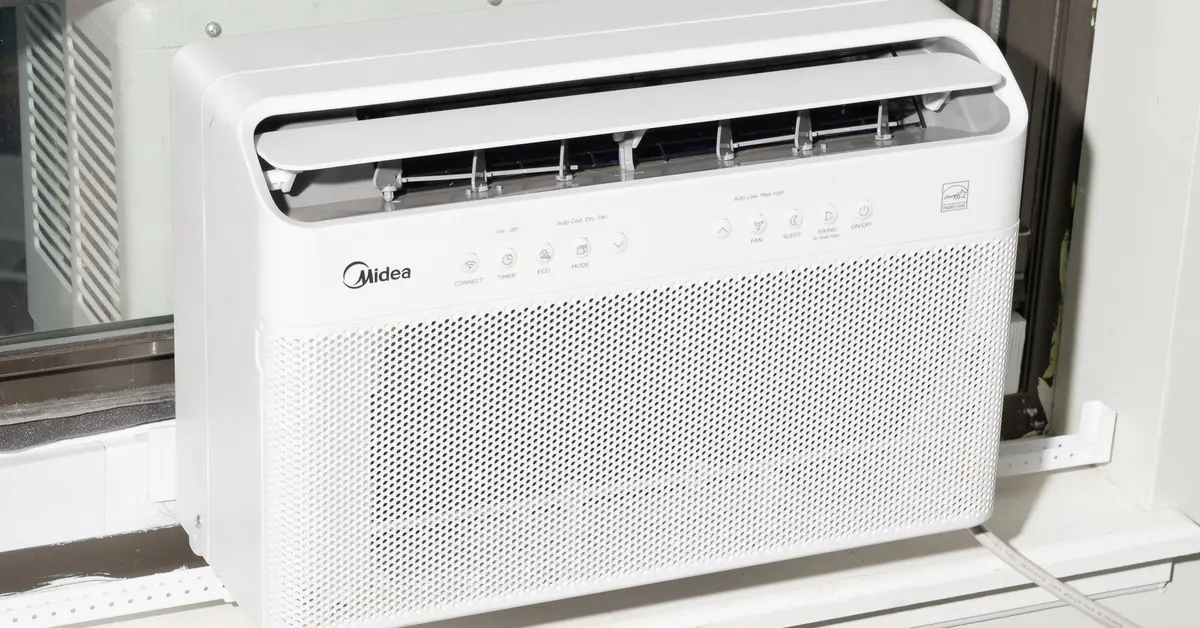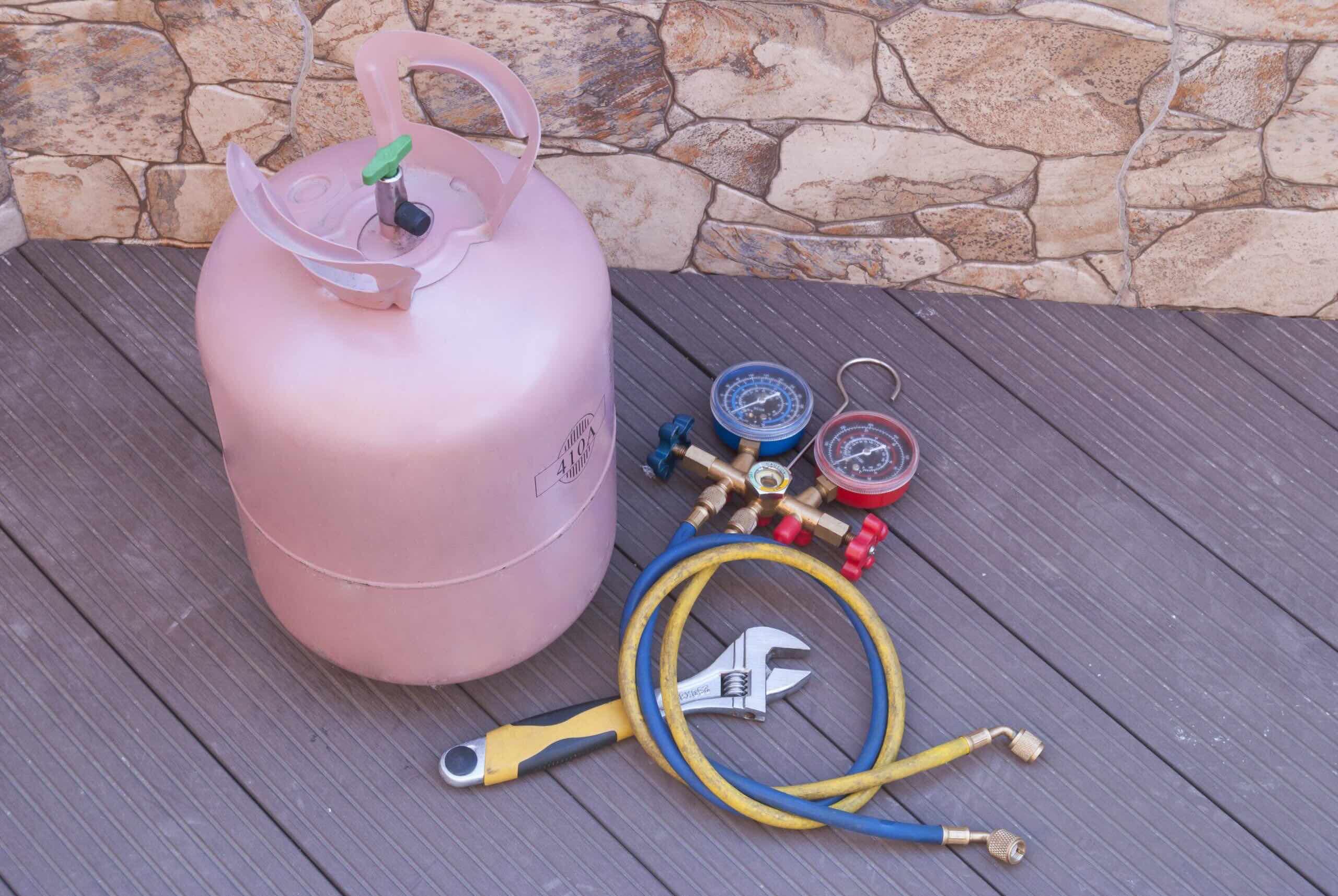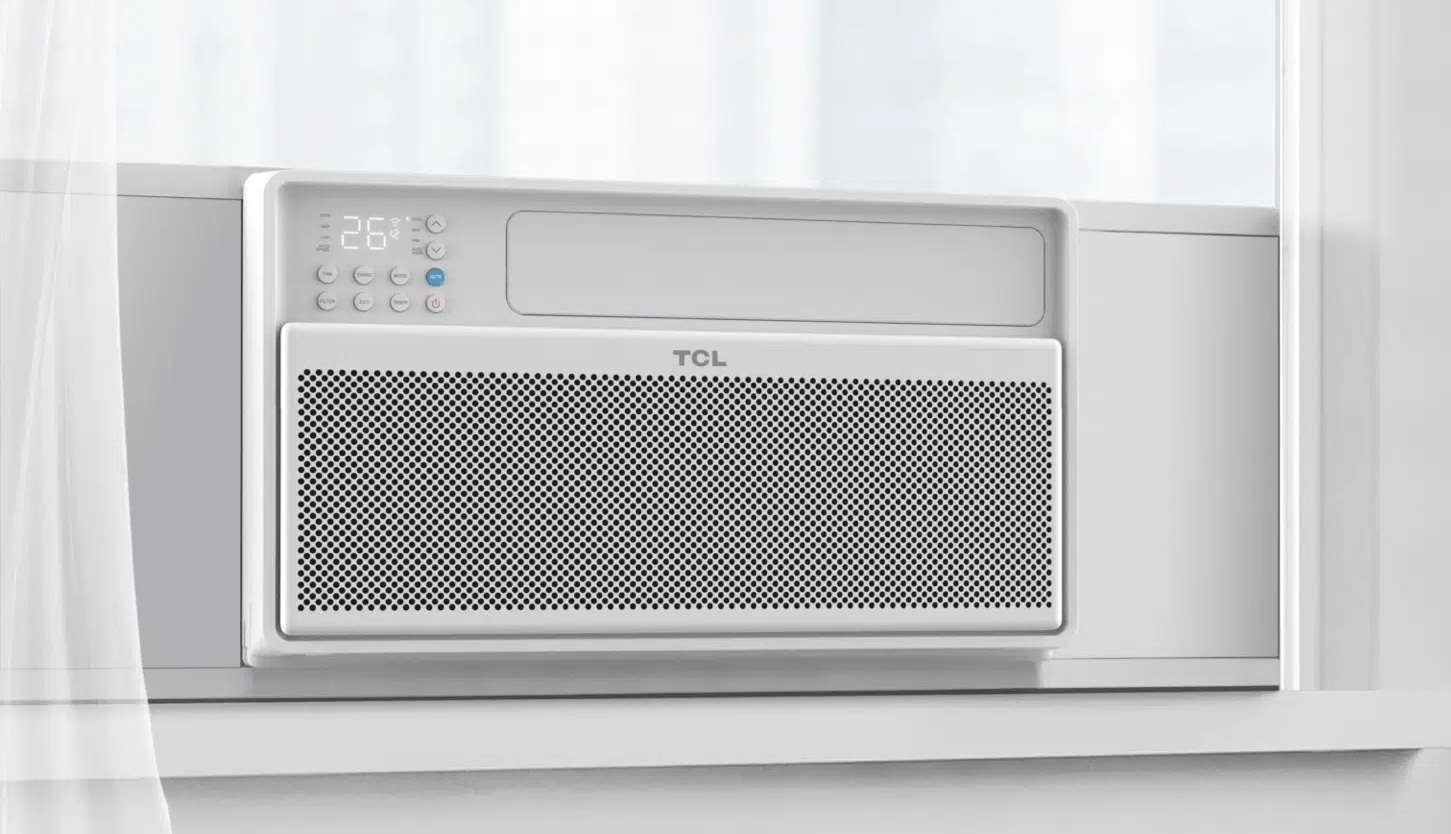Home>Home Maintenance>What Is A Wall Air Conditioner
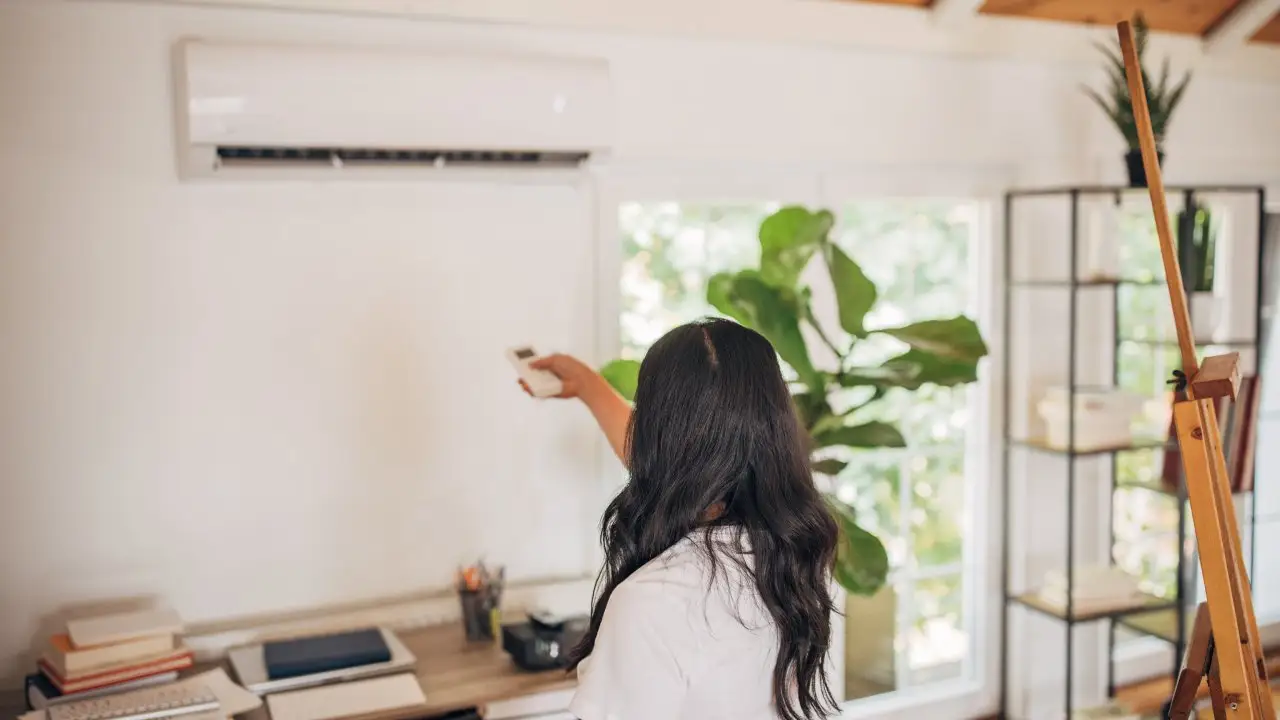

Home Maintenance
What Is A Wall Air Conditioner
Modified: March 7, 2024
Discover the benefits of a wall air conditioner for your home. Learn about the features, installation process, and maintenance tips. Stay cool and comfortable all summer long.
(Many of the links in this article redirect to a specific reviewed product. Your purchase of these products through affiliate links helps to generate commission for Storables.com, at no extra cost. Learn more)
Introduction
When it comes to cooling your home during the hot summer months, a wall air conditioner can be a convenient and effective solution. Whether you live in a small apartment or a large house, a wall air conditioner offers many benefits. In this article, we will explore what a wall air conditioner is, how it works, its advantages and disadvantages, factors to consider before installation, steps to install one, and important maintenance tips to keep it running smoothly.
As the name suggests, a wall air conditioner is a cooling appliance that is installed directly into the wall of a room. Unlike portable or window air conditioners, which take up valuable floor or window space, a wall air conditioner is a space-saving option. It is designed to cool a specific area or room, providing localized comfort.
Wall air conditioners come in different sizes and cooling capacities, allowing you to choose the right one for your needs. They are typically installed in the upper part of a wall, allowing for efficient air distribution throughout the room.
Now that we have a general understanding of what a wall air conditioner is, let’s delve deeper into how it works and the benefits it offers.
Key Takeaways:
- Wall air conditioners are a space-saving and efficient cooling option for specific rooms, offering targeted comfort and sleek design. They require careful consideration for installation and maintenance to ensure optimal performance.
- While wall air conditioners provide localized cooling benefits, they require permanent installation and may have limitations in cooling range and flexibility. Proper maintenance and professional installation are essential for long-term performance.
Read more: How To Clean A Wall Air Conditioner
Definition of a Wall Air Conditioner
A wall air conditioner, also known as a through-the-wall air conditioner, is a cooling system installed directly into the wall of a room. It is designed to provide efficient cooling for a specific area or room, offering localized comfort while saving valuable floor or window space.
Wall air conditioners consist of two main components: an indoor unit and an outdoor unit. The indoor unit contains the cooling coil, fan, and controls, while the outdoor unit houses the compressor and condenser. These units are connected by refrigerant lines that allow the transfer of heat and cooling between the two.
One of the distinguishing features of a wall air conditioner is its installation method. It is typically mounted in an external wall of the room, requiring a hole to be cut through the wall for proper placement. This installation allows for efficient air circulation and cooling, as well as a clean and aesthetic appearance.
Wall air conditioners come in various sizes and cooling capacities, allowing you to choose the one that best suits your room size and cooling needs. They are available in different models, including single-zone and multi-zone systems. Single-zone units are designed to cool a single room, while multi-zone units can cool multiple rooms or areas, providing versatile cooling options.
In addition to providing cooling, modern wall air conditioners often come with additional features such as programmable timers, remote control operation, adjustable fan speeds, and energy-saving modes. These features enhance user convenience and help optimize energy consumption for more cost-effective cooling.
Overall, a wall air conditioner offers a practical and efficient cooling solution for homes, offices, apartments, and other spaces where central air conditioning may not be feasible or required. It provides targeted cooling, eliminates the need for cumbersome window installations, and can be an excellent option for retrofitting older buildings.
Now that we understand the definition of a wall air conditioner, let’s explore how it works to cool down your space.
How Does a Wall Air Conditioner Work?
A wall air conditioner works by utilizing the principles of refrigeration to extract heat from the indoor air and expel it outdoors, resulting in a cooler and more comfortable environment. Let’s take a closer look at the step-by-step process of how a wall air conditioner works:
- Air Circulation: The wall air conditioner draws in warm air from the room through the front grille.
- Cooling Coil: Inside the indoor unit, the warm air passes over a cooling coil that contains a refrigerant. The refrigerant absorbs the heat from the air, causing it to cool down.
- Compressor: The refrigerant, now in a gaseous state, is then compressed by the compressor located in the outdoor unit. The compression increases the temperature of the refrigerant.
- Condenser: The hot gaseous refrigerant flows through the refrigerant lines to the outdoor unit, where it enters the condenser. The condenser releases the heat from the refrigerant to the outdoor air, allowing the refrigerant to cool down and turn back into a liquid state.
- Expansion Valve: The cooled liquid refrigerant passes through the expansion valve, where its pressure is reduced. This reduction in pressure causes a drop in temperature.
- Evaporator: The cold liquid refrigerant then enters the evaporator coil in the indoor unit. As warm air from the room passes over the evaporator coil, the refrigerant absorbs the heat from the air, cooling it down.
- Fan: A fan inside the indoor unit blows the cooled air back into the room, providing efficient and refreshing cooling.
- Refrigerant Cycle: The refrigerant, now in a gaseous state after absorbing heat, travels back to the compressor to start the cycle again.
This continuous cycle of refrigerant compression, heat absorption, heat release, and expansion allows a wall air conditioner to effectively cool down a room. It operates on the principle of transferring heat from indoor air to outdoor air, resulting in a cooler indoor environment.
It is important to note that wall air conditioners require proper insulation and sealing around the unit to prevent the leakage of cooled air and the infiltration of warm air from outside. This helps maximize energy efficiency and cooling performance.
Now that we have explored how a wall air conditioner works, let’s dive into its advantages and why you might consider installing one in your home.
Advantages of a Wall Air Conditioner
Wall air conditioners offer a range of advantages that make them a popular choice for cooling individual rooms or areas. Here are some of the key benefits of installing a wall air conditioner in your home:
- Space-Saving: One of the biggest advantages of a wall air conditioner is that it saves space. Unlike portable air conditioners that require floor space or window air conditioners that occupy valuable window space, wall air conditioners are installed directly into the wall, freeing up floor and window areas.
- Localized Cooling: Wall air conditioners provide targeted cooling, allowing you to cool specific rooms or areas without wasting energy on unused spaces. This localized cooling is particularly useful if you spend most of your time in one or two rooms.
- Efficient Cooling: Wall air conditioners are efficient at cooling, as they are designed to cool a specific area rather than the entire home like central air conditioning. This targeted cooling reduces energy consumption and helps lower utility bills.
- Aesthetic Appeal: Wall air conditioners are generally sleek in design and blend well with the surrounding decor. With only the front grille visible inside the room, they offer a cleaner and more aesthetic appearance compared to window units.
- Quiet Operation: Many wall air conditioners operate quietly, thanks to advanced noise-reducing technologies. This makes them ideal for bedrooms, offices, or any space where noise levels need to be kept to a minimum.
- Improved Security: Unlike window air conditioners, wall air conditioners do not leave an open window, reducing the risk of unauthorized entry or theft.
- Flexibility and Customization: Wall air conditioners come in various sizes and cooling capacities, allowing you to choose the right unit for the specific requirements of your room. Additionally, some models offer additional features like adjustable fan speeds, programmable timers, and energy-saving modes, providing flexibility and customization options.
- Less Maintenance: Compared to portable air conditioners, wall air conditioners require less maintenance. Once installed, they require minimal cleaning and upkeep, allowing you to enjoy hassle-free cooling.
- Longevity: With proper maintenance and care, wall air conditioners can last for many years, providing reliable and consistent cooling throughout their lifespan.
Considering these advantages, it’s evident why wall air conditioners are a popular choice for localized cooling in homes, apartments, offices, and other spaces. They offer efficient and effective cooling while saving space and providing a sleek and aesthetic appeal.
Next, let’s explore the potential disadvantages of wall air conditioners to help you make an informed decision.
Disadvantages of a Wall Air Conditioner
While wall air conditioners offer numerous benefits, it is important to consider their potential disadvantages as well. Understanding these drawbacks will help you make an informed decision when choosing the right cooling solution for your home. Here are some of the disadvantages associated with wall air conditioners:
- Permanent Installation: Wall air conditioners require a permanent installation, with a hole being cut into the wall for proper placement. This installation process is more complex and permanent compared to portable or window units, which can be easily moved or removed.
- Restrictive Placement: Once installed, wall air conditioners are fixed in place and cannot be easily relocated to another room or area. This lack of flexibility restricts the ability to cool different parts of the house as needed.
- Outdoor Noise: As wall air conditioners consist of an indoor and outdoor unit, the outdoor unit can generate noise during operation. While advancements in technology have reduced the noise level, it is still worth considering if you are particularly sensitive to noise or plan to install the unit in a quiet area.
- Limited Cooling Range: Wall air conditioners are designed to cool specific rooms or areas. If you have a large open space or an open floor plan, a wall unit may not be sufficient to cool the entire area effectively.
- Higher Initial Cost: Compared to portable air conditioners or window units, wall air conditioners often have a higher upfront cost. This cost includes not only the unit itself but also the installation fees involved in cutting the hole, sealing the unit, and connecting the refrigerant lines.
- Requires Professional Installation: Due to the complexity of the installation process, wall air conditioners typically require professional installation. This adds to the overall cost and may cause delays if scheduling an appointment with an installer.
- Potential Damage to the Wall: The installation of a wall air conditioner involves cutting a hole in the wall. If the installation is not performed correctly or the unit is not properly sealed, it can lead to water leakage, damage to the wall, and potential issues with insulation.
- Limited View and Natural Light: Installing a wall air conditioner may obstruct a window or reduce the amount of natural light entering the room, depending on its location. This can impact the aesthetics of the space and limit the view from the window.
While these disadvantages may seem significant, it is important to consider them in the context of your specific cooling needs and the layout of your home. For many individuals, the benefits of wall air conditioners outweigh the drawbacks, making them a viable and practical cooling solution.
Now that we have explored both the advantages and disadvantages, let’s move on to discussing the important factors to consider before installing a wall air conditioner.
When installing a wall air conditioner, make sure to properly seal any gaps around the unit to prevent air leaks and maximize energy efficiency.
Factors to Consider Before Installing a Wall Air Conditioner
Before installing a wall air conditioner, it is important to consider several factors to ensure you make the right choice for your cooling needs. Taking these factors into account will help you select the appropriate unit and ensure a successful installation. Here are some key factors to consider:
- Room Size: Assess the size of the room or area you want to cool. This will help determine the cooling capacity (measured in BTUs) required for efficient cooling. A larger room may require a higher BTU rating to ensure optimal cooling.
- Insulation and Sealing: Evaluate the insulation of your walls to maximize energy efficiency. Proper insulation around the wall air conditioner unit and sealing any gaps will prevent air leakage and improve cooling performance.
- Electrical Requirements: Check the electrical capacity of your home to ensure it can support the power requirements of a wall air conditioner. Consult with an electrician if needed to ensure proper installation and prevent electrical overload.
- Installation Considerations: Determine the best location for the wall air conditioner installation. Consider factors like wall height, proximity to electrical outlets, accessibility for maintenance, and how the unit’s placement may impact furniture arrangement or obstruct views.
- Noise Considerations: Evaluate noise levels to determine the most suitable location for the outdoor unit, especially if noise levels are a concern in your living space.
- Energy Efficiency: Look for Energy Star-rated wall air conditioners, which meet strict energy efficiency guidelines. Energy-efficient units can help reduce energy consumption and save on utility bills in the long run.
- Budget: Consider your budget, including the cost of the unit itself, installation fees, and any additional features or accessories you may wish to include.
- Warranty and Maintenance: Research the warranty and maintenance requirements of different wall air conditioner models. Ensure that the unit comes with a warranty and inquire about recommended maintenance tasks to keep the unit running smoothly.
- Professional Installation: Evaluate whether you are comfortable installing the unit yourself or if professional installation is necessary. While some individuals may have the skills and tools required for DIY installation, others may prefer the peace of mind that comes with professional installation.
By carefully considering these factors, you can make an informed decision and choose the right wall air conditioner for your home. Additionally, consulting with a professional HVAC technician can provide further guidance and ensure a successful installation.
Now that you have considered the factors and are ready to install a wall air conditioner, let’s move on to the steps involved in the installation process.
Steps to Install a Wall Air Conditioner
Installing a wall air conditioner involves several steps to ensure a secure and efficient installation. While the specific steps may vary depending on the unit and manufacturer’s instructions, here is a general guide to help you with the installation process:
- Select the Right Unit: Choose a wall air conditioner unit that meets your cooling needs and is compatible with your space. Consider factors such as cooling capacity, size, and additional features.
- Gather the Necessary Tools: Collect the required tools and materials for the installation, which may include a level, measuring tape, drill, saw, brackets, anchoring screws, sealant, and insulation foam.
- Choose the Installation Location: Determine the ideal position for the wall air conditioner. Ensure it is positioned high on the wall and away from obstructions such as furniture and electrical outlets.
- Prepare the Wall: Measure and mark the area on the wall where the unit will be installed. Use a stud finder to locate the wall studs for secure mounting. If necessary, cut a hole in the wall according to the dimensions recommended by the manufacturer.
- Mount the Bracket: Attach the mounting bracket on the interior side of the wall, ensuring it is level and secured to the wall studs. Follow the manufacturer’s instructions for proper bracket installation.
- Seal and Insulate: Apply sealant around the hole in the wall to prevent drafts and water leaks. Insert insulation foam between the exterior and interior walls to enhance energy efficiency.
- Secure the Unit: Install the wall air conditioner into the hole, making sure it is properly aligned with the mounting bracket. Use anchoring screws to secure the unit to the bracket and ensure it is stable and level.
- Connect the Electrical Wiring: Follow the manufacturer’s instructions to safely connect the electrical wiring, ensuring that it is done by a licensed electrician if you are not experienced in electrical work.
- Seal and Insulate Around the Unit: Apply sealant around the edges of the unit to prevent air leakage. Insulate any gaps around the unit with foam insulation strips for proper thermal insulation.
- Test the Unit: Once the installation is complete, turn on the wall air conditioner and check that it is functioning properly. Adjust the settings as needed and ensure the cool air is circulating effectively.
It is important to note that these steps are a general guideline, and it is recommended to follow the specific instructions provided by the manufacturer for your particular wall air conditioner model. Professional installation may be necessary if you are not confident in your DIY skills or if there are any electrical or structural complexities involved.
Now that you have installed your wall air conditioner, let’s move on to important maintenance tips to keep it running efficiently.
Maintenance Tips for Wall Air Conditioners
To ensure the optimal performance and longevity of your wall air conditioner, regular maintenance is essential. By following these maintenance tips, you can keep your unit running efficiently and extend its lifespan:
- Clean or Replace the Air Filter: Depending on the manufacturer’s recommendations, clean or replace the air filter every month or as needed. A dirty filter restricts airflow and reduces cooling efficiency.
- Clean the Outdoor Unit: Regularly clean the outdoor unit by removing any debris, leaves, or obstructions that may hinder proper airflow. Use a brush or soft cloth to gently clean the exterior surfaces of the unit.
- Clean the Indoor Unit: Wipe down the indoor unit with a clean, damp cloth to remove dust and dirt. Pay attention to the front grille, vents, and control panel. Avoid using harsh chemicals or abrasive cleaners that may damage the surfaces.
- Inspect the Refrigerant Lines: Regularly check the refrigerant lines for any signs of damage or leaks, such as oil stains or frost accumulation. If you notice any issues, contact a professional technician to diagnose and repair any refrigerant leaks.
- Check the Drainage System: Ensure that the condensate drainage system is clear and free from blockages. Check the drain pan and drain line for any buildup of dirt or debris. Clean them if necessary to prevent water leakage or overflow.
- Inspect the Electrical Wiring: Periodically examine the electrical wiring to ensure there are no loose connections or damage. If you spot any issues, have them addressed by a qualified electrician to prevent electrical problems.
- Test the Thermostat: Test the thermostat to ensure it is accurately sensing and controlling the temperature. Replace the batteries if necessary and calibrate the thermostat as per the manufacturer’s instructions.
- Trim Vegetation Around the Outdoor Unit: Trim any vegetation or bushes around the outdoor unit to ensure proper airflow. Clear a space of at least two feet around the unit to prevent obstruction and allow for efficient operation.
- Schedule Professional Maintenance: Consider scheduling an annual maintenance service with a professional HVAC technician. They can perform a thorough inspection, cleaning, and tune-up of your wall air conditioner to identify and address any potential issues.
- Follow Manufacturer’s Instructions: Always refer to the manufacturer’s maintenance instructions and guidelines specific to your wall air conditioner. These instructions may include additional maintenance steps or advice tailored to your unit.
By incorporating these maintenance practices into your routine, you can ensure that your wall air conditioner operates efficiently, provides optimal cooling, and lasts for many seasons to come.
Now that we have covered maintenance tips, let’s address some frequently asked questions about wall air conditioners.
Frequently Asked Questions (FAQs)
Here are some common questions and answers regarding wall air conditioners:
- Q: Can I install a wall air conditioner myself?
- Q: Can a wall air conditioner be used in multi-story buildings?
- Q: How often should I clean the air filter?
- Q: How can I improve the energy efficiency of my wall air conditioner?
- Q: What should I do if my wall air conditioner is not cooling effectively?
- Q: Can a wall air conditioner be used in conjunction with central air conditioning?
A: While some individuals with DIY experience may be capable of installing a wall air conditioner, it is generally recommended to hire a professional for installation. A professional can ensure the unit is correctly installed, minimizing the risk of damage or improper functioning.
A: Yes, wall air conditioners can be installed in multi-story buildings. However, it is important to consider the placement of the unit and the distribution of cool air throughout the different levels. You may also need to consult with a professional to ensure the installation is done properly.
A: It is recommended to clean or replace the air filter of a wall air conditioner every month or as directed by the manufacturer. Regular cleaning helps maintain proper airflow and improves the unit’s efficiency.
A: To improve energy efficiency, ensure proper insulation around the unit, seal any gaps or cracks, and clean or replace the air filter regularly. Additionally, using energy-saving settings, such as programmable timers and temperature adjustments, can help optimize energy consumption.
A: If your wall air conditioner is not cooling effectively, check that the air filter is clean and not obstructed. Also, ensure the outdoor unit is free from debris and that there are no refrigerant leaks. If the problem persists, it is advisable to contact a professional technician for inspection and repair.
A: It is possible to use a wall air conditioner in conjunction with central air conditioning. This can provide additional cooling to specific rooms or areas without the need to cool the entire house. Consult with a professional to determine the best setup for your cooling needs.
If you have more specific questions or concerns about your wall air conditioner, refer to the manufacturer’s instructions or reach out to a qualified HVAC technician for assistance.
Now that we have addressed some common questions, let’s conclude our discussion.
Conclusion
Wall air conditioners are a convenient and effective cooling solution for individual rooms or areas. They offer a range of benefits, including space-saving installation, localized cooling, energy efficiency, and aesthetic appeal. While there are some disadvantages, such as the need for permanent installation and potential noise, the advantages often outweigh the drawbacks for many homeowners.
Before installing a wall air conditioner, it is important to consider factors like room size, insulation, electrical requirements, and budget. Proper installation by a professional, along with routine maintenance such as cleaning the air filter and inspecting the unit, will help ensure optimal performance and longevity.
By understanding how a wall air conditioner works, as well as its advantages, disadvantages, and maintenance requirements, you can make an informed decision and provide reliable cooling comfort in your home.
If you have additional questions or concerns about wall air conditioners, consult the manufacturer’s instructions or seek advice from a professional HVAC technician. They can provide guidance specific to your unit and help address any issues that may arise.
Now you’re ready to enjoy the benefits of a wall air conditioner and stay cool and comfortable during those hot summer months!
Frequently Asked Questions about What Is A Wall Air Conditioner
Was this page helpful?
At Storables.com, we guarantee accurate and reliable information. Our content, validated by Expert Board Contributors, is crafted following stringent Editorial Policies. We're committed to providing you with well-researched, expert-backed insights for all your informational needs.
